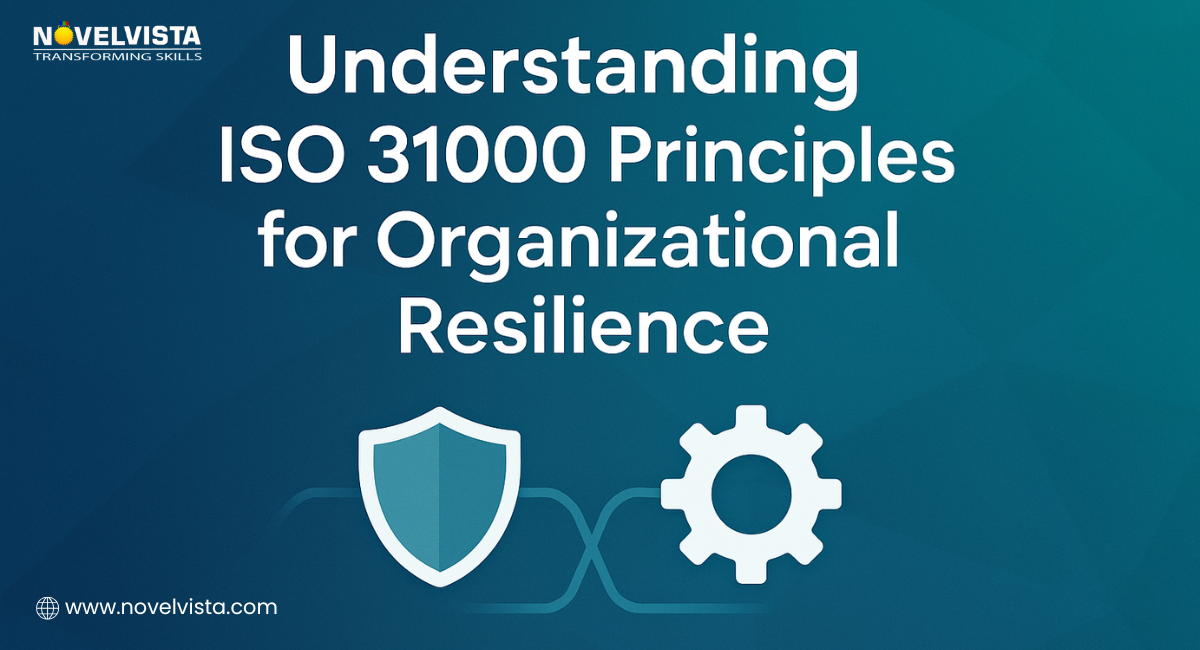
In today’s fast-paced and unpredictable business environment, organizations face a multitude of risks—financial uncertainties, operational disruptions, cybersecurity threats, and regulatory challenges, to name a few. Navigating these uncertainties requires more than reactive measures; it demands a structured and proactive approach. This is where the ISO 31000 framework becomes invaluable, offering a comprehensive set of principles for building organizational resilience.
What is ISO 31000?
ISO 31000 is an international standard for risk management that provides guidelines, principles, and a systematic framework for managing risks effectively. Unlike industry-specific guidelines, ISO 31000 is adaptable and can be applied across sectors, helping organizations anticipate potential risks, minimize their impact, and seize opportunities for growth. At its core, ISO 31000 emphasizes structured decision-making, continuous improvement, and embedding risk awareness into organizational culture.
Key Principles of ISO 31000 for Organizational Resilience
Integration into Organizational Processes: Risk management should not be a standalone activity. By integrating risk practices into strategic planning, operations, and decision-making, organizations can ensure consistent and informed actions.
Structured and Comprehensive Approach: A systematic methodology ensures that all potential risks—internal or external—are identified, assessed, and addressed efficiently.
Customization and Adaptability: ISO 31000 encourages organizations to adapt risk strategies based on their size, structure, and industry requirements, making it practical for diverse business environments.
Informed Decision-Making: Through proper risk analysis and evaluation, organizations can make data-driven decisions, balancing opportunities and threats.
Continuous Improvement: Risk landscapes evolve constantly. ISO 31000 promotes monitoring and reviewing risk management strategies to maintain relevance and effectiveness over time.
Why ISO 31000 Certification Matters
Earning an ISO 31000 certification is more than a badge of credibility; it demonstrates an organization’s commitment to proactive risk management and long-term resilience. Here’s why it’s important:
Enhances Credibility and Trust: Certification signals to clients, investors, and stakeholders that your organization follows internationally recognized best practices in risk management.
Improves Decision-Making: Certified organizations adopt structured processes, ensuring that strategic and operational decisions are informed by a comprehensive understanding of risks.
Reduces Losses and Uncertainties: By identifying and mitigating risks early, businesses can avoid potential financial, operational, or reputational damage.
Strengthens Organizational Culture: ISO 31000 certification promotes risk awareness across all levels, fostering a proactive, resilient, and agile workforce.
Regulatory Compliance and Competitive Advantage: In regulated industries, certification can simplify compliance requirements while giving organizations an edge over competitors who lack structured risk frameworks.
Realizing Organizational Resilience
Resilience is not just about surviving challenges; it’s about thriving amid uncertainty. By adopting ISO 31000 principles, organizations can create robust processes to anticipate risks, respond effectively to disruptions, and continuously improve. From strategic planning to day-to-day operations, the framework ensures that risk management becomes an integral part of the organizational DNA rather than a reactive task.
Conclusion
In a world where unpredictability is the only constant, embracing ISO 31000 certification is a strategic move for any organization aiming to remain resilient, agile, and forward-thinking. Certification further reinforces this commitment, offering tangible benefits such as enhanced credibility, improved decision-making, and a stronger risk-aware culture. Investing in ISO 31000 principles today is not just about risk prevention—it’s about securing a sustainable and resilient future for your organization.


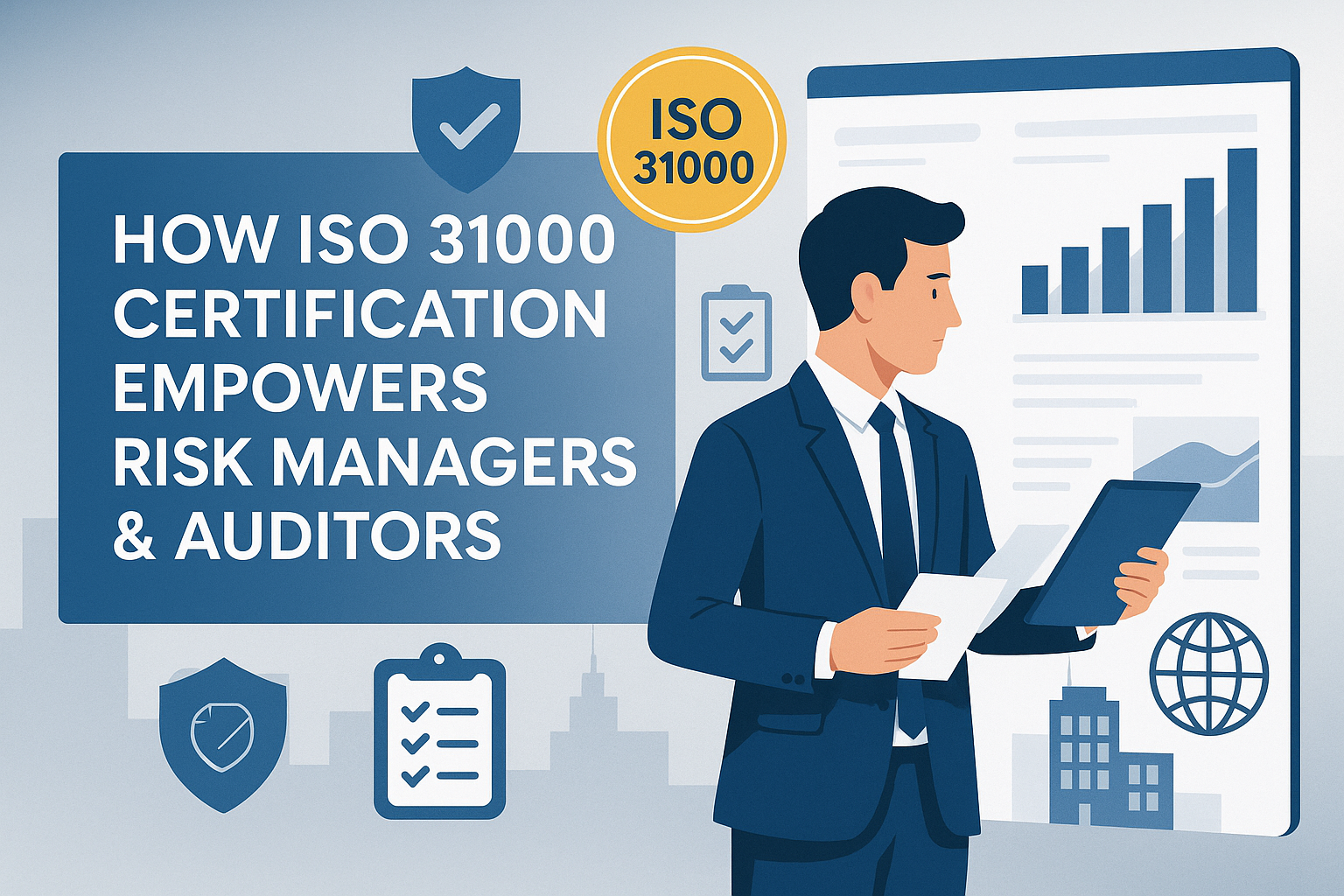
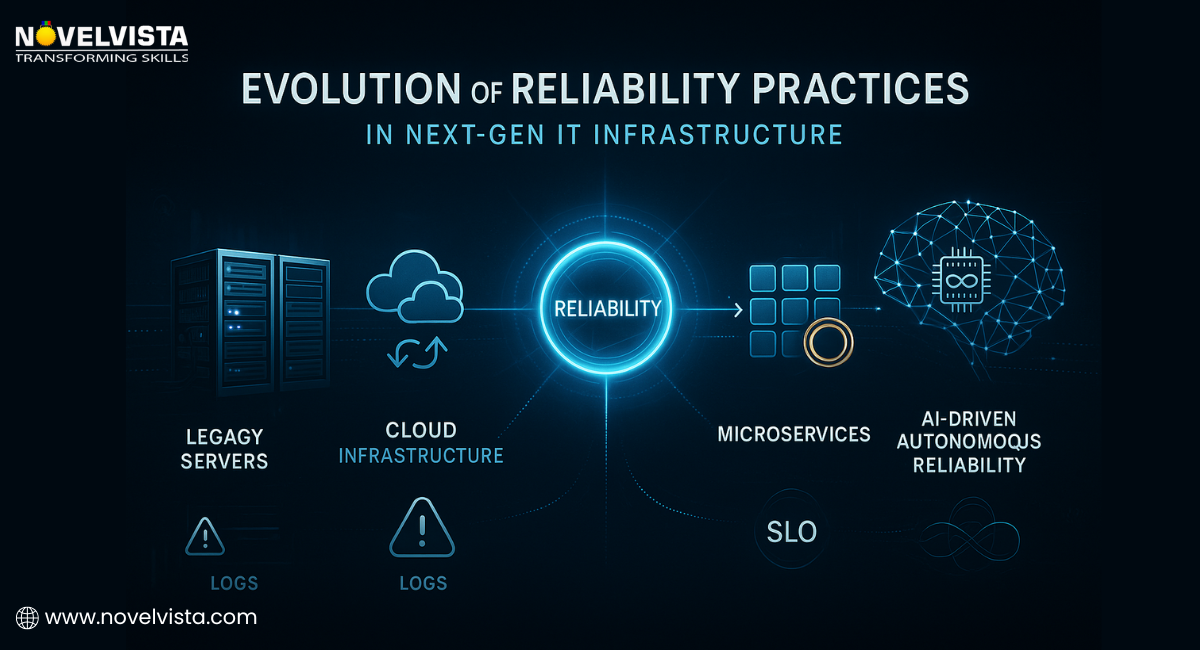



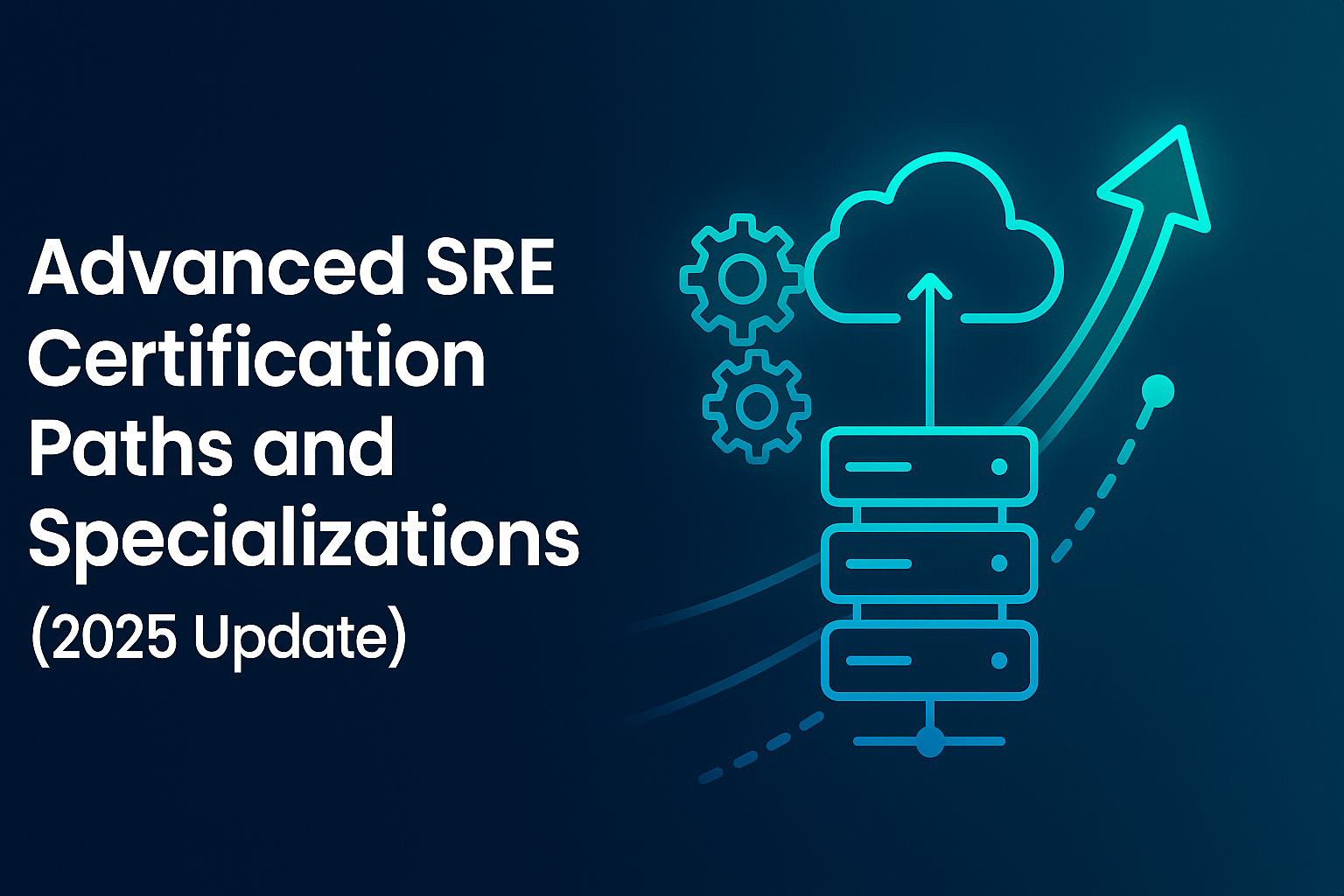
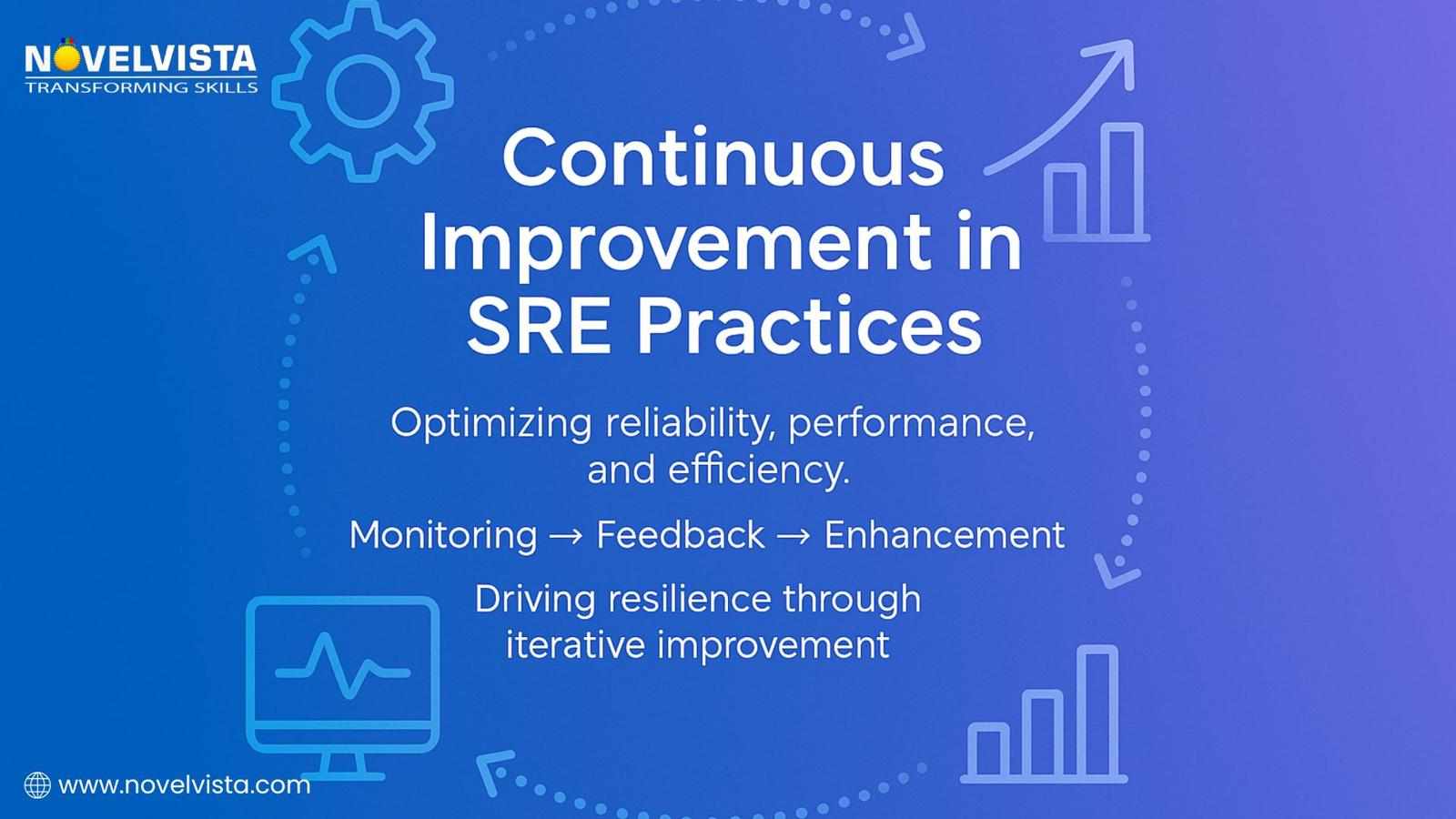

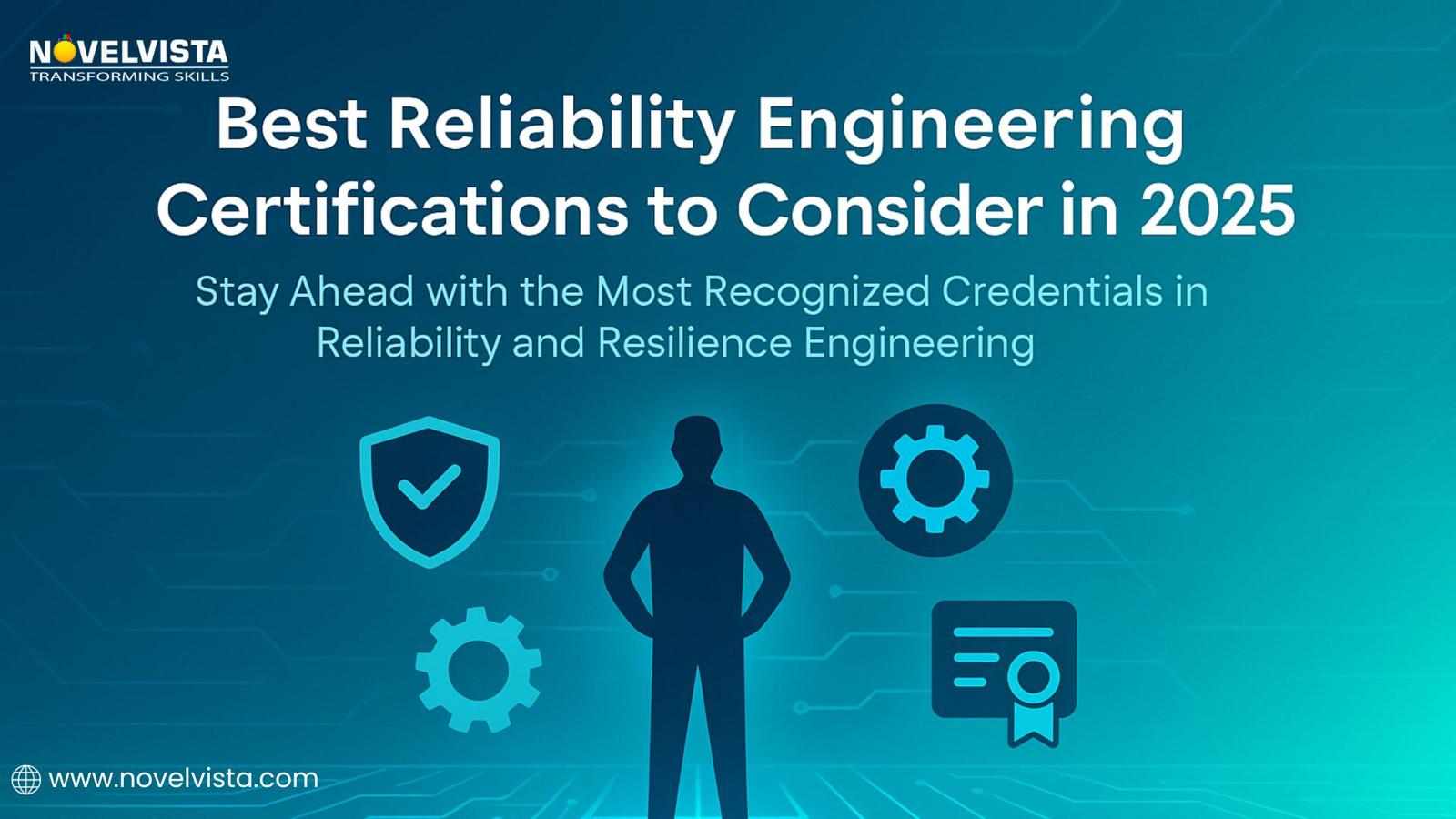
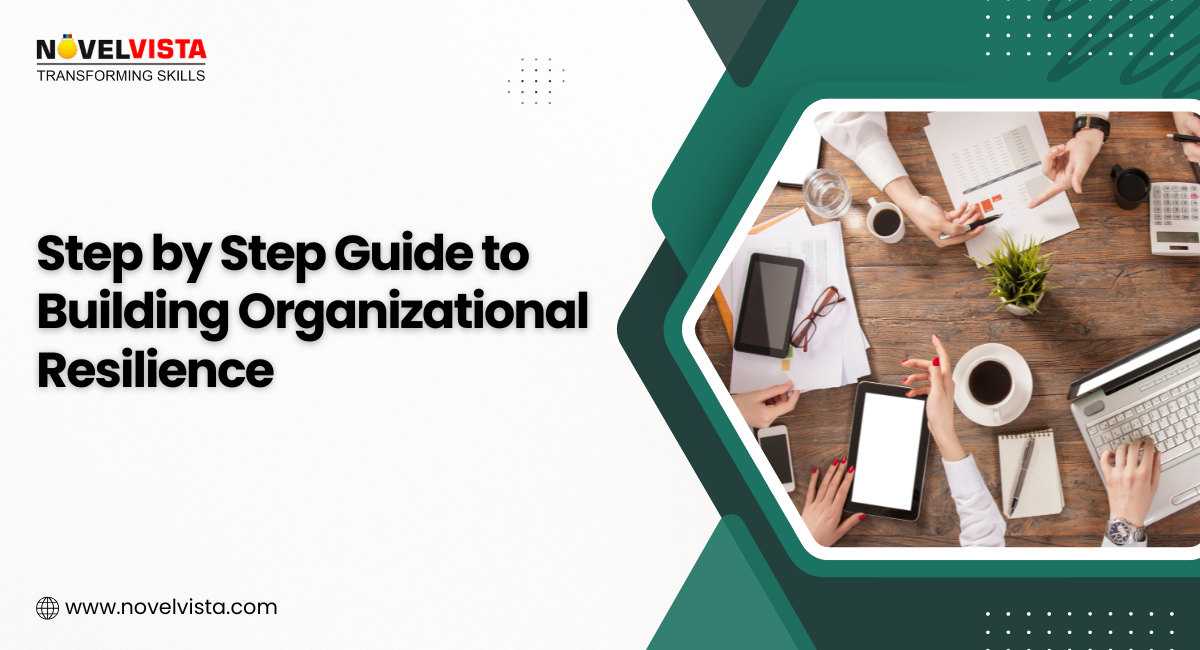
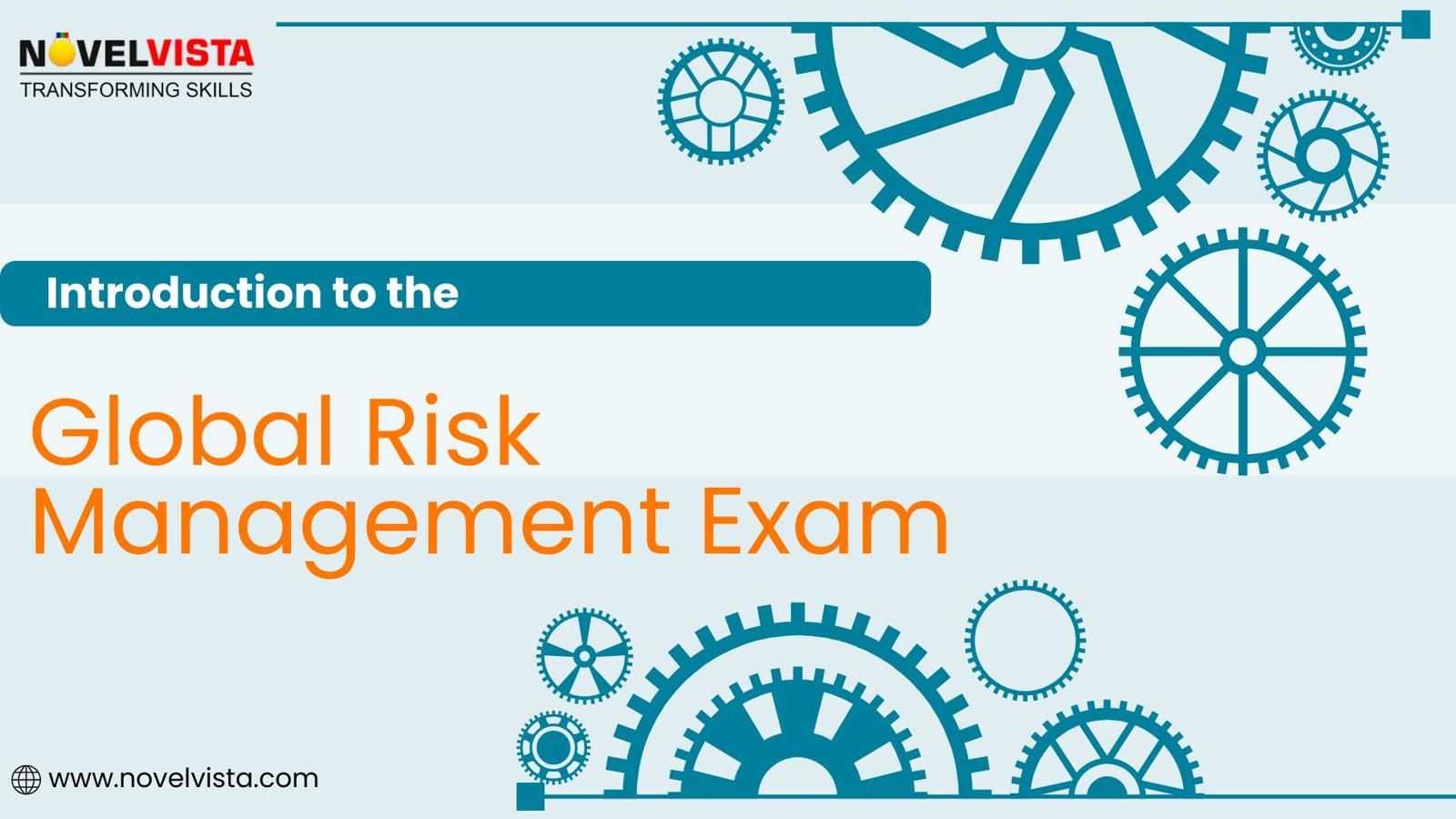



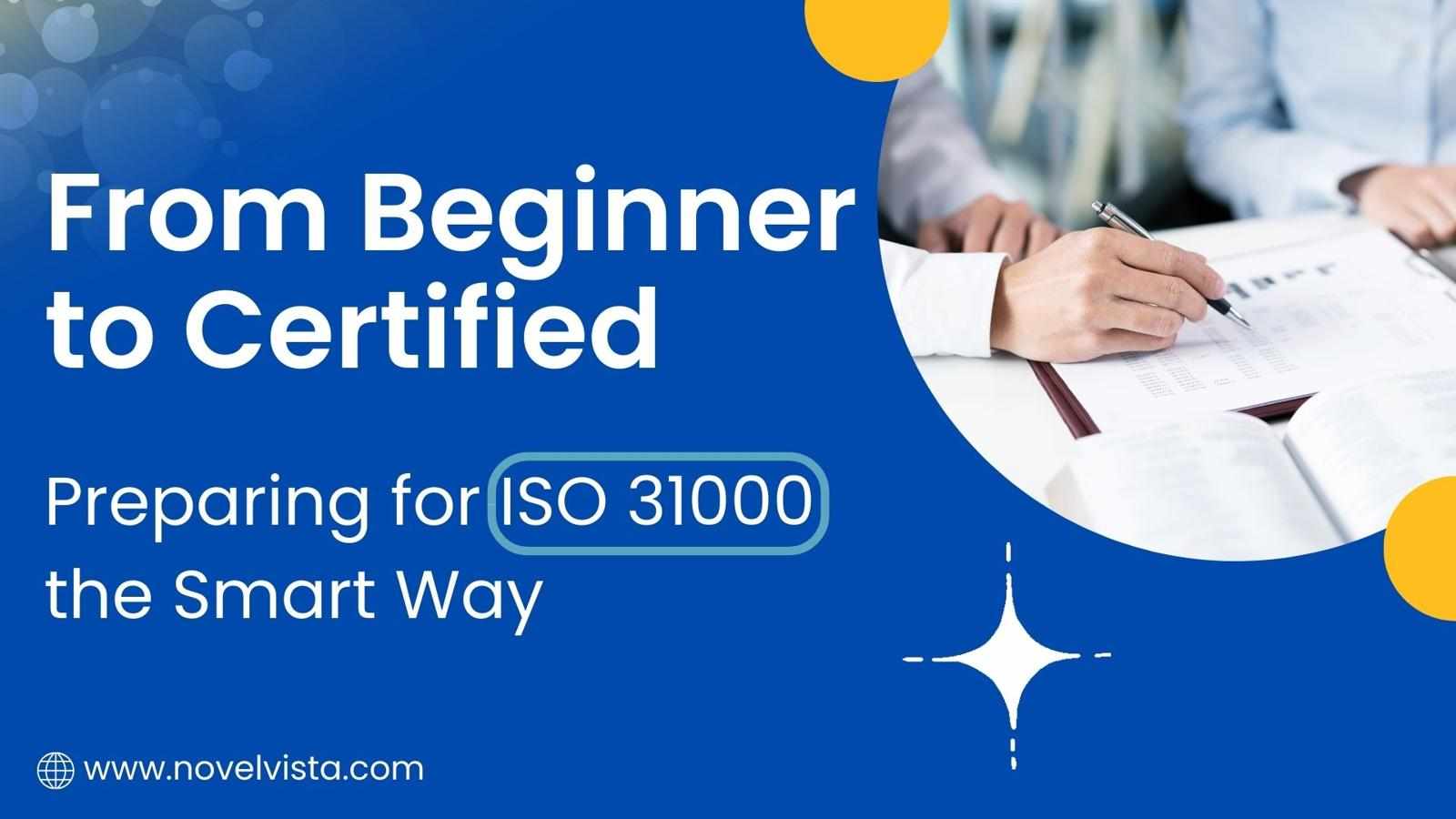

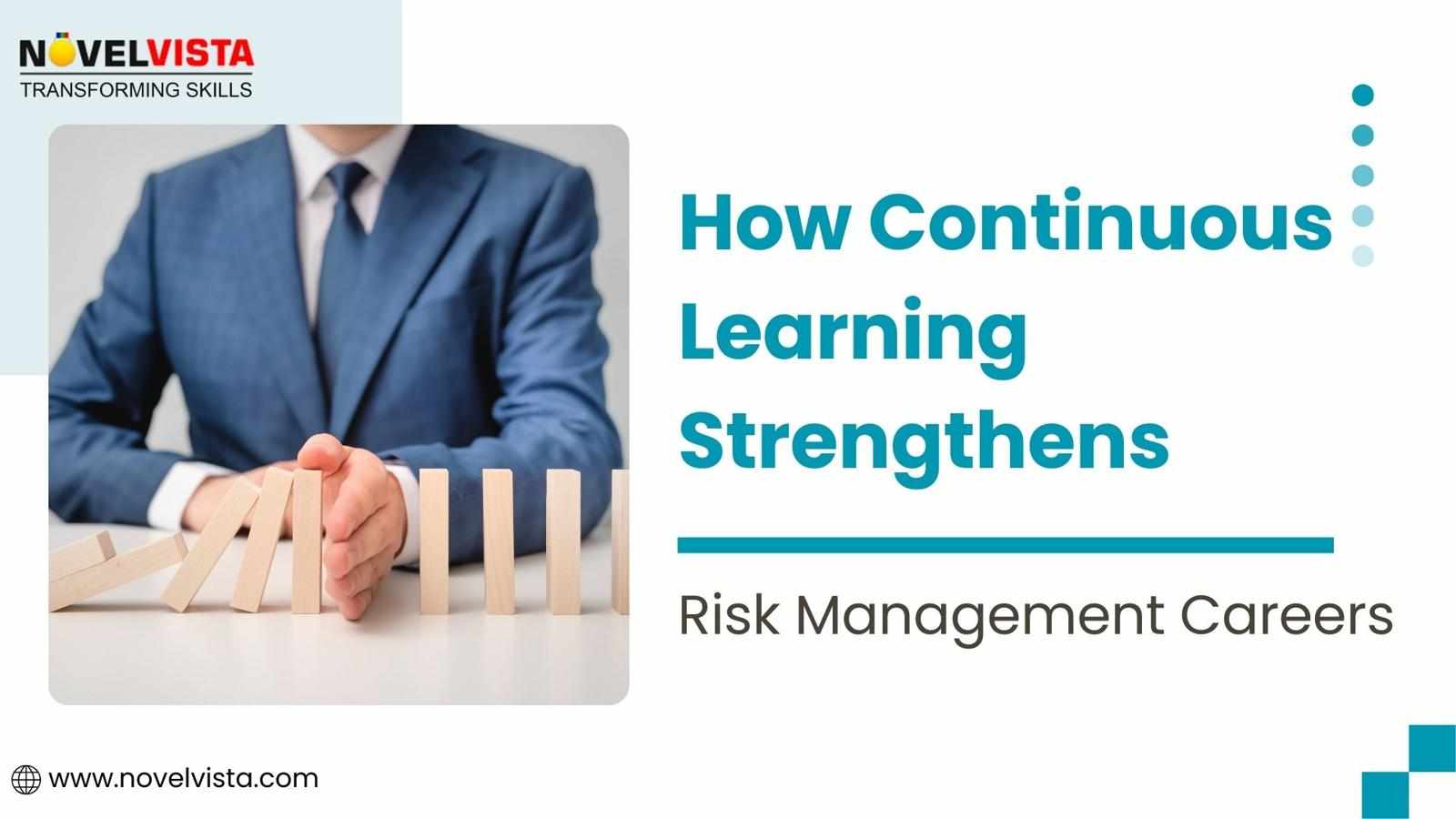
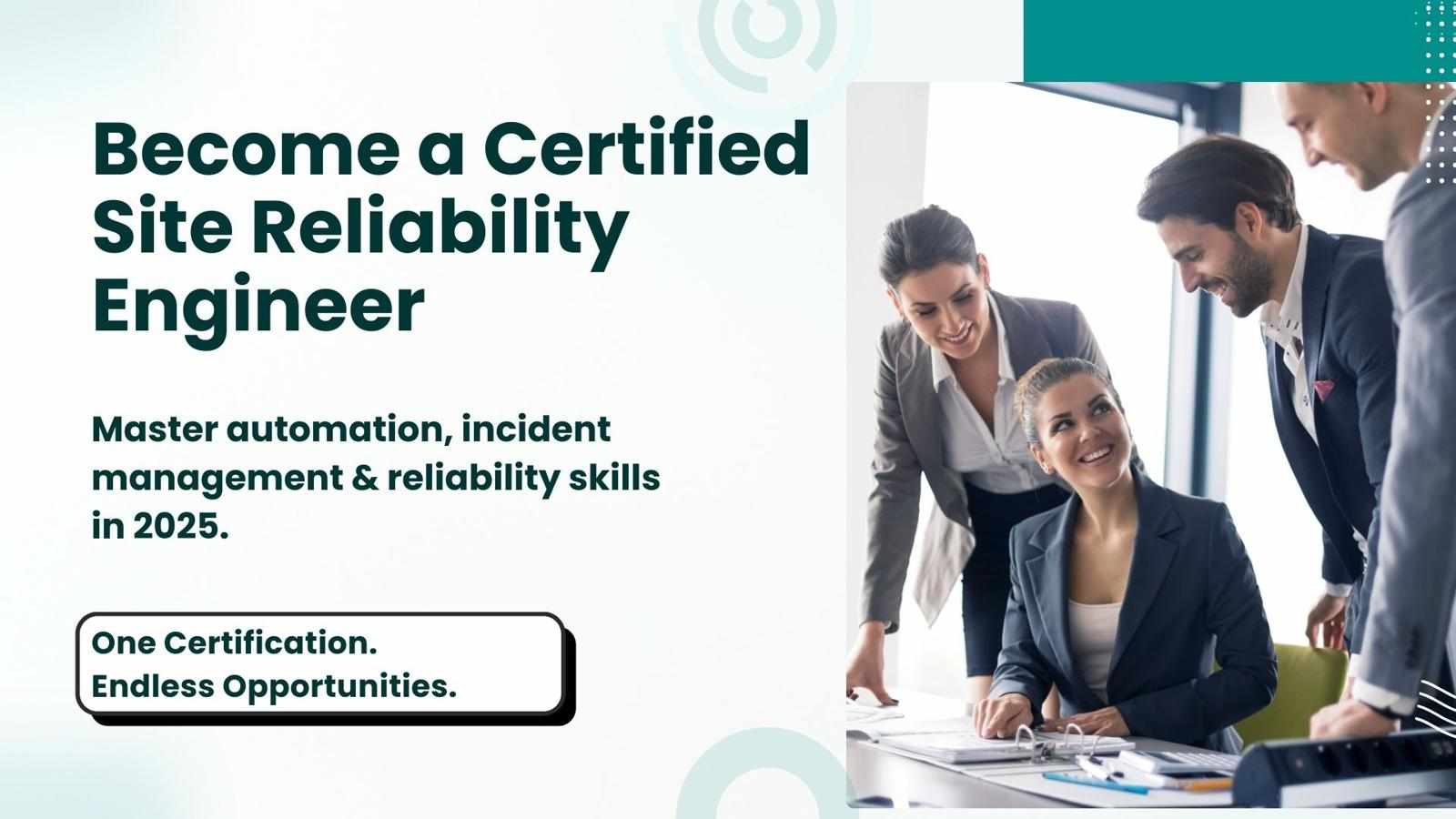
Write a comment ...